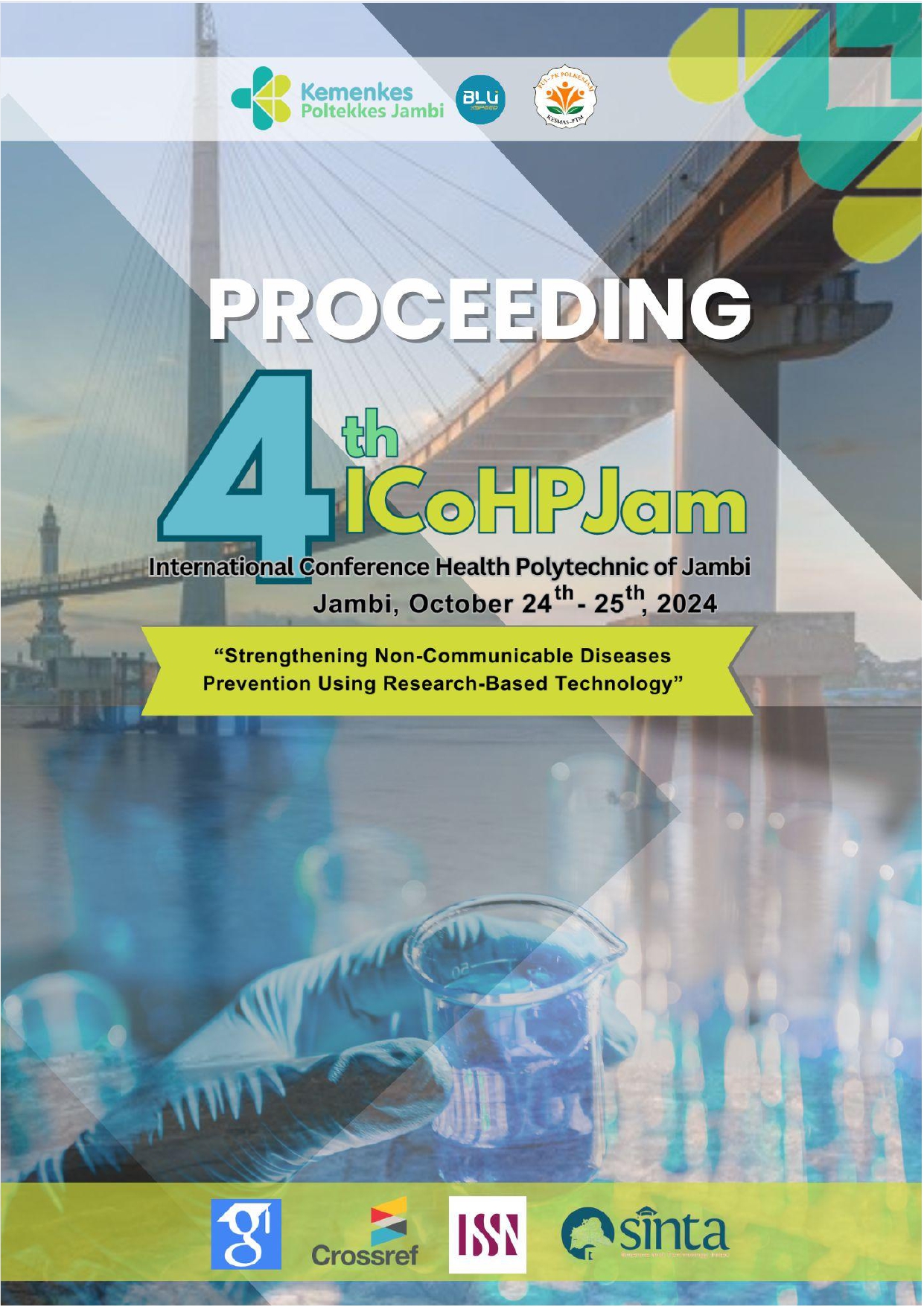The Relationship Between Hemoglobin Levels and Leukocyte Count On Stunting Incidence In Tanjung Agung Puskesmas, Muara Enim 2024
Abstract
Background: Stunting, defined as a condition where a child's height is significantly below the average for their age due to chronic malnutrition or recurring infections, remains a critical public health issue in Indonesia. This condition can lead to long-term cognitive and physical development challenges. This study explores the relationship between hemoglobin levels and leukocyte counts with stunting in the working area of Puskesmas Tanjung Agung, Muara Enim, in 2024.
Method: This study was conducted an observational analytic study with a cross-sectional design. Data on hemoglobin levels, leukocyte counts, and stunting incidence were collected from a sample of 79 children aged 24-60 months. Statistical analysis used the chi-square test to determine significant associations between variables.
Result: The study found that 64% of children with low hemoglobin levels and 66% of those with high leukocyte counts experienced stunting. The chi-square test indicated significant associations between low hemoglobin levels (p=0.003) and high leukocyte counts (p=0.001) with stunting.
Conclusion: The findings suggest a strong relationship between low hemoglobin levels, high leukocyte counts, and stunting incidence. These results highlight the need for integrated nutrition and health interventions to reduce stunting in rural areas.



